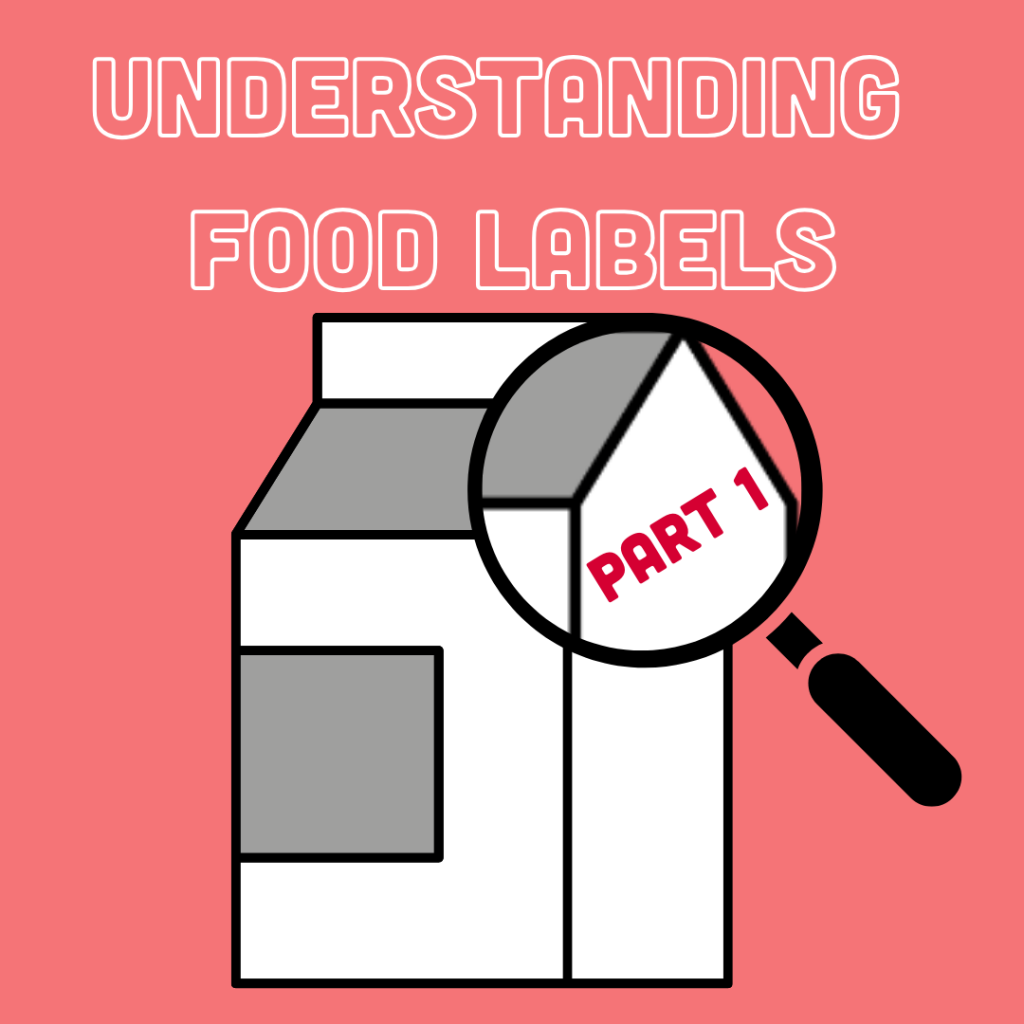In today’s fast-paced world, making informed choices about what we eat has never been more crucial. With the supermarket aisles brimming with an overwhelming array of products, understanding food and nutrition labels has become a vital skill. Food provides us with essential nutrients and understanding these can help us better our health.
This three-part blog series aims to make understanding food labels easy, to help you navigate your next grocery trip with confidence and clarity. It will delve into how to read and understand Ingredient lists, Nutrition Information, as well as outlining some key tips when comparing products to make healthy choices for us and our families.
Name and Brand
The product name and brand are among the first things noticed on a label. This helps differentiate products from competitors and similar items. Different brands may produce similar products with varying nutrient content and price points. These factors, among others, play a role in choosing which products to buy.
TIP: When selecting food products, consider both the brand name and product name as indicators of quality and consistency. Established brands often have a reputation to uphold, which can provide an added level of assurance regarding the product’s quality and safety.
Ingredients List
One of the first things on the back of food labels is the ingredients list. Ingredients are listed in descending order, where the first ingredient to appear is the one of largest weight within that product. There may also include percentages, which can help us understand how much of the product is made up of that one ingredient.
Food companies are required to highlight the allergens within a product. The ingredients list is a great first depiction to help make your decision on whether the product is suitable for your needs.

Figure 1: Example of an Ingredients List
TIP: Any ingredient that is bolded indicates an allergen. These can help consumers avoid foods that they may be allergic or intolerant to.
Understanding food labels is key to making informed dietary choices. By examining product names and ingredient lists, you can begin to understand the basis of what a product is and contains. Stay tuned as we explore nutrition information closely, country of origin, and more in the next parts, helping you confidently navigate food labels for better health.
Written by Jemma Kilmartin (Associate Nutritionist)
